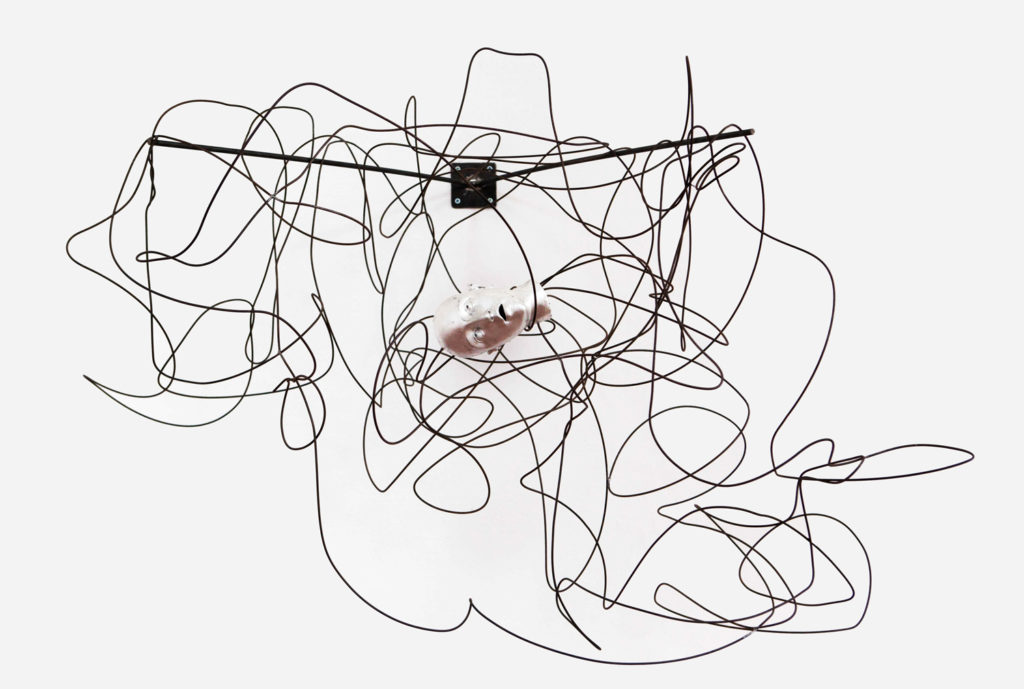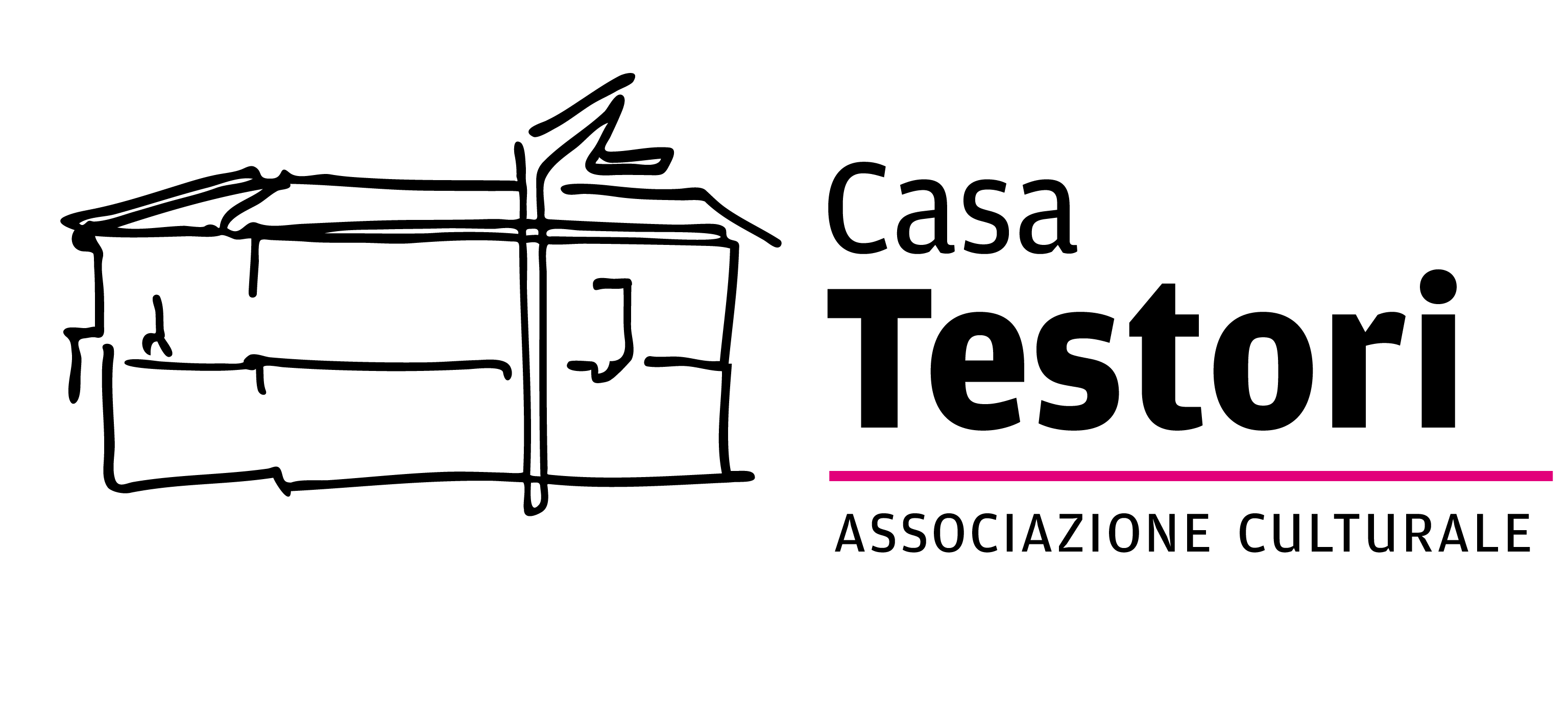ARTE CONTRO LA CORRUZIONE (ART AGAINST CORRUPTION)
A project by Casa Testori
Curated by Giuseppe Frangi and Davide Dall’Ombra
Casa Testori
9 April – 11 June 2017

THE REASON FOR THE EXHIBITION
Carlo Maria Pinardi
With this initiative of “art against corruption”, Casa Testori attempted a new and original approach to the relation between art, economy and society in the broadest sense.
We started from the conviction that it was necessary to involve all the resources of this society, and in particular its cleanest and best energies, in the battle against a phenomenon so widely diffused – unfortunately – as corruption. We asked ourselves how art could play a role in this challenge which, aside from the moral question, is a challenge that has to be won if our country is to have a future. Corruption is a phenomenon that impoverishes us day after day. It makes us less competitive and thus robs our young people dramatically of their prospects.
Can contemporary art help to create a new awareness of this question? Can it offer a new way of encouraging young people – in particular – to commit themselves increasingly in the battle against the phenomena that are corrupting our society? The multiple forms of contemporary art makes it a source of fascination for the younger generations. It makes it a highly-placed tool with which to interrogate consciences and to bring about the birth of a new civic sense that can break down many received ideas. In this way it has attempted – successfully I have to say – to open up new paths that can help increase people’s awareness of the need to oppose forms of conduct that are only too widespread.
We have followed a double-tracked itinerary. We have organized three meetings – hosted in the iconic Teatro Franco Parenti – hinging upon a debate between artists and public figures who have emerged in these years as symbols of the fight against corruption. This provided a means to extend the debate launched by Casa Testori outside the four walls of the house, bringing it into the heart of Milan. The second track coincided with the exhibition organized at Casa Testori, where about 30 major artists offered their works as reflections on the subject. As with the meetings, the artists’ response to the exhibition at Casa Testori exceeded all expectations. No one declined, proof of the awareness today’s artists have acquired as to the civil function attached to their status. The meetings and the exhibition pursued directions that were sometimes surprising, launching many stimuli that induced deep self-questioning on the part of the visitor.
Naturally, the theme was approached in many different ways, but all arose from an awareness of the urgent need to answer the question: how can art play a role of its own in the fight against corruption, in order to bring to the fore people’s merits and commitment as a primary tool for the civil and human growth of society?
THE EXHIBITION
After the three encounters hosted at the Teatro Franco Parenti, the “art AGAINST corruption” project arrives at Casa Testori with an exhibition that is also a bet: how can art solicit attention and civil sensitivity around a crucial issue for the quality of people’s lives? As shown by the recent World Happiness Report drawn up by Onu, corruption has a decisive impact on people’s happiness: the countries that least protect their citizens from corruption mechanisms occupy very low positions, and Italy is among them.
The fact that so many artists, including top-level artists, have taken part in the proposal launched by Casa Testori shows that the challenge is much greater than one might imagine. And that therefore art does not want to stand on the sidelines, in the knowledge that corruption is a dynamic that often concerns the mechanisms that regulate it.
The exhibition addresses the theme of corruption not in a schematic and sloganistic way, but by investigating the many implications that the phenomenon has in people’s lives. The exhibition opens with a large sculpture by Mimmo Paladino, which sums up the outcome of all the dynamics of corruption: an individual imprisoned in a forest of cables, from which it is impossible to free himself, almost an image of a contemporary Laocoon unable to proclaim his own truth. Emilio Isgrò, the protagonist of one of the meetings held at the Teatro Franco Parenti (with prosecutor Franco Greco), brings to Casa Testori one of his most emblematic works from the point of view of the civil message: the Cancelled Constitution. Corruption also intersects with global phenomena such as migration and the exhibition will document this with two large works by Corrado Levi and Tindar: respectively a master and a young artist side by side, as has always been in the DNA of Casa Testori.
There will also be works of great dramatic intensity that bear witness to the extent to which the fight against corruption can be paid for personally by the artists, as in the case of Regina José Galindo, from Guatemala, who will be present with a famous video of impressive effectiveness.
And there will be no lack of surprise presences, such as that of Antonio Marras, fashion designer and artist, who brings to Casa Testori a work that is emblematic even in its title: Malelingue, a representation of the duplicity that is always at the root of every phenomenon of corruption.
The exhibition is fascinating and very intense. Moreover, the challenge is more interesting than ever: to understand how art today can freely, non-ideologically and non-moralistically involve itself in such a dramatically pervasive theme.
THE ARTISTS
Yazmany Arboleda, Stefano Arienti, ArtLords, Letizia Battaglia, Filippo Berta, Bertozzi & Casoni, Andrea Bianconi, Adele Ceraudo, Marco Cingolani, Gianni Dessì, Marica Fasoli, Francesco Fossati, Regina Josè Galindo, Giovanni Hänninen, Debora Hirsch, Massimo Kaufmann, Emilio Isgrò, Corrado Levi, Antonio Marras, Elena Monzo, Katja Noppes, Mimmo Paladino, Luca Pignatelli, Annalisa Pirovano, Alessandro Roma, Pietro Ruffo, Tindar, Alessandro Verdi, Bingjian Zhang.

